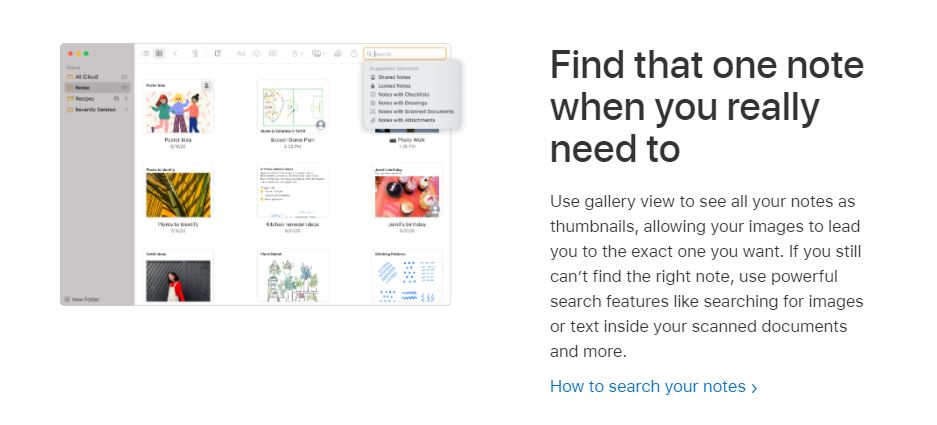

When the user modifies the number, it is checked against the Blocked Pattern in the Restriction Table associated with the Class of Service of the user. The user can modify/disable the Alternate Extension via the Conversation in Telephone User Interface (TUI). The administrator enables this option via the Cisco Unity Connection Administration page.The administrator can define any number irrespective of the restrictions defined in the restriction table.
Alternote tables how to#
This document also provides information on how to query the database in order to extract data on the configured Alternate Contact Numbers. This feature is known as One-Key Dialing as it enables a single key to represent a Number.įor more information on this feature, refer to the Offering One-Key Dialing During Call Handler Greetings section of the Managing Call Handlers in Cisco Unity Connection document. This document describes how the Restriction Table affects the transfer of calls when the " Transfer to Alternate Contact Number" option is used under Caller Input of Users / Call Handlers. The Role column and select Alternate Name table.To get All Call Handlers with "Transfer to Alternate Contact Number" configured

In the Create Address Locator dialog box, click the Browse button that is next to the Reference Data text box.The following steps describe how to add the alternate table and specify the fields in the Create Address Locator dialog box. See the Creating an address locator topic to learn how to create an address locator.

By combining these tasks, an address locator can be created that includes alternate names. There are, however, some additional elements that must be included. Learn more about reference data requirements for the variety of address locator styles Building an address locator for alternate namesĬreating address locators that use alternate name tables is not very different from creating those that do not. For a street address, attributes including prefix direction, prefix type, street name, street type, and suffix direction are used for representing the alternate names. Table attributesĭepending on the address locator style you choose and the type of features you want to search, attributes in the alternate name table are similar to the table of the primary feature class. It can be either the object ID or a user ID field that can be used to join the Join ID from the alternate name table. The primary feature class must have a field that contains a unique ID value for each record. If one feature has multiple names, the Join ID field for the alternate names of the same feature contains the same value. The alternate name table must have an ID field that can be used to join the records to the primary feature class. Additional names can be added to the table. Each record represents one name for a feature. The alternate name table is a table that contains the fields for the additional names. Searching for a feature by all of its possible names can increase the success rate of matching. For example, Jefferson Rd is a new official name for the street that was previously called Old Country Rd. Names of features, such streets or cities, change over time. Building an address locator for alternate names.


 0 kommentar(er)
0 kommentar(er)
